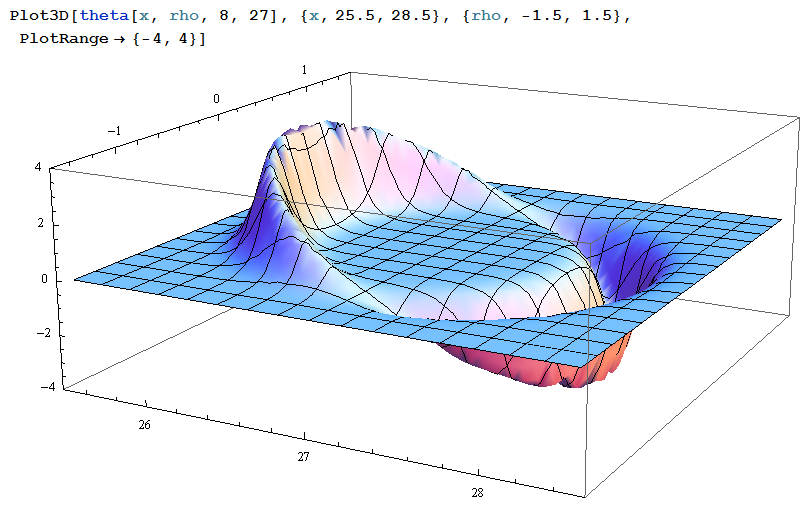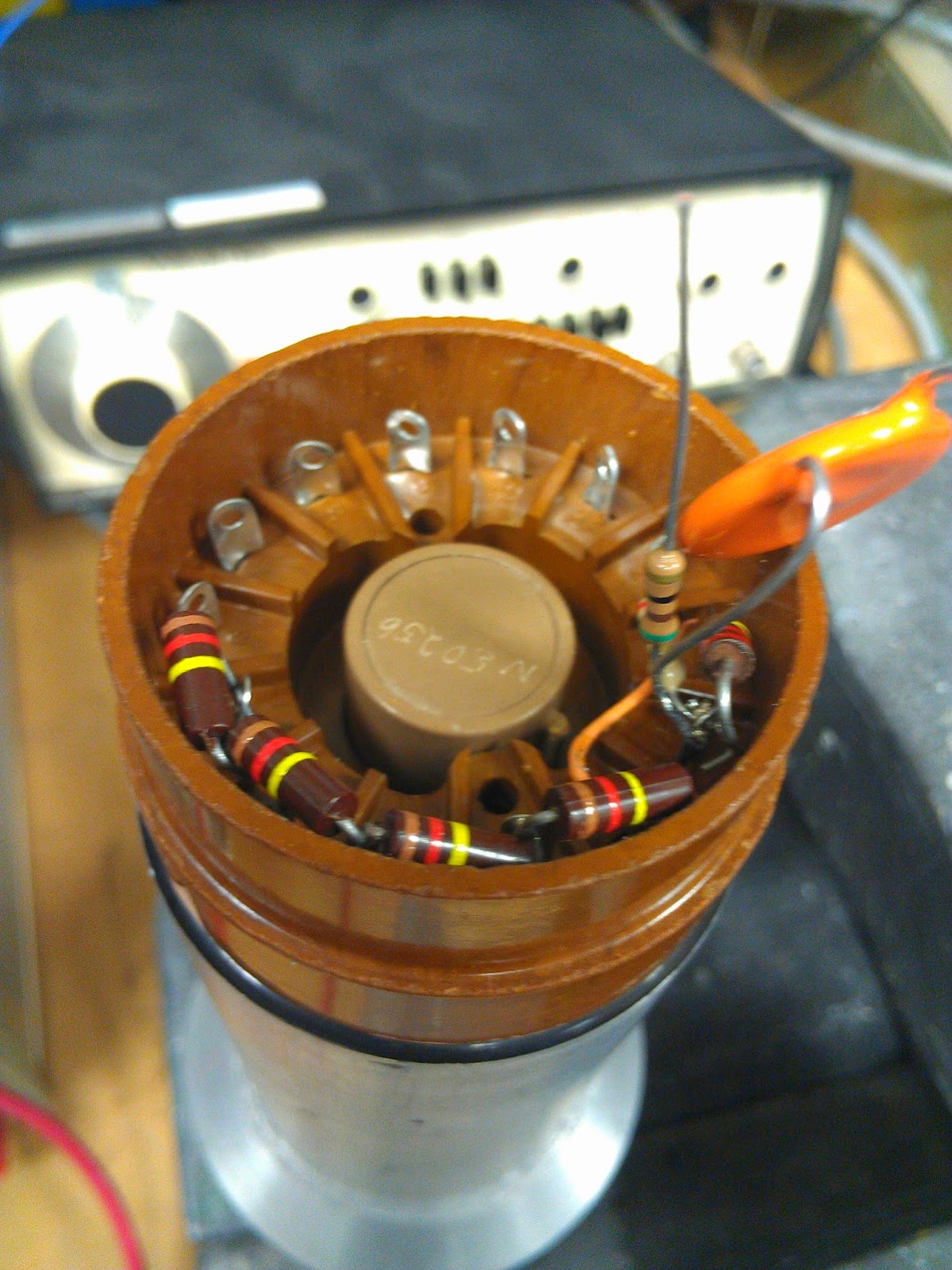I was able to play with the Alcubierre warp drive derivations for a bit today! I'm still trying to absorb all the niceties, but here's what I understand so far. I'm just getting started on all of this and everything is very shaky. So, please, anyone who happens to be familiar with oh, I don't know, the 3+1 formalism of GR say, please feel free to jump in. Actually the more involvement the merrier, whether it be with suggestions, corrections, or questions.
Which brings up the Alcubierre github repository[1]. I went ahead and made an open access github project that for the moment holds only a mathematica file with the derivation details I've been able to compile so far, a wiki, and one open issue, (the space curvature graph looks a little too jaggy). Here's the graph by the way, king of the 'Hello World' moment for Alcubierre work I suppose, (picture 1):
I'd hoped to have more to say about this tonight, but hopefully I can check in again tomorrow when I have a firmer grip on all of this and a bit more coherent one at that, (late night last night).
//Scraggly notes for tomorrow.....
Alcubierre uses a 3+1 formalism. This means that space is assumed to exist in constant time slices, one slice for each instant of time. He furthermore makes space flat. In doing this, he shows that the line element, (the Pythagorean formula for spacetime), indicates that the space will be 'globally hyperbolic' and therefore can't violate causality, in other words, you can't go back in time and prevent your own birth. the way I'm interpreting this is that if I have to move along a hyperbolic path, (picture 2 the red curves are the hyperbolas), in my coordinate system, then I can't execute a close curve, and I can't get back to where I started, (time-wise).
References:
1. github repository
https://github.com/hcarter333/alcubierre
Which brings up the Alcubierre github repository[1]. I went ahead and made an open access github project that for the moment holds only a mathematica file with the derivation details I've been able to compile so far, a wiki, and one open issue, (the space curvature graph looks a little too jaggy). Here's the graph by the way, king of the 'Hello World' moment for Alcubierre work I suppose, (picture 1):
I'd hoped to have more to say about this tonight, but hopefully I can check in again tomorrow when I have a firmer grip on all of this and a bit more coherent one at that, (late night last night).
//Scraggly notes for tomorrow.....
Alcubierre uses a 3+1 formalism. This means that space is assumed to exist in constant time slices, one slice for each instant of time. He furthermore makes space flat. In doing this, he shows that the line element, (the Pythagorean formula for spacetime), indicates that the space will be 'globally hyperbolic' and therefore can't violate causality, in other words, you can't go back in time and prevent your own birth. the way I'm interpreting this is that if I have to move along a hyperbolic path, (picture 2 the red curves are the hyperbolas), in my coordinate system, then I can't execute a close curve, and I can't get back to where I started, (time-wise).
References:
1. github repository
https://github.com/hcarter333/alcubierre





































